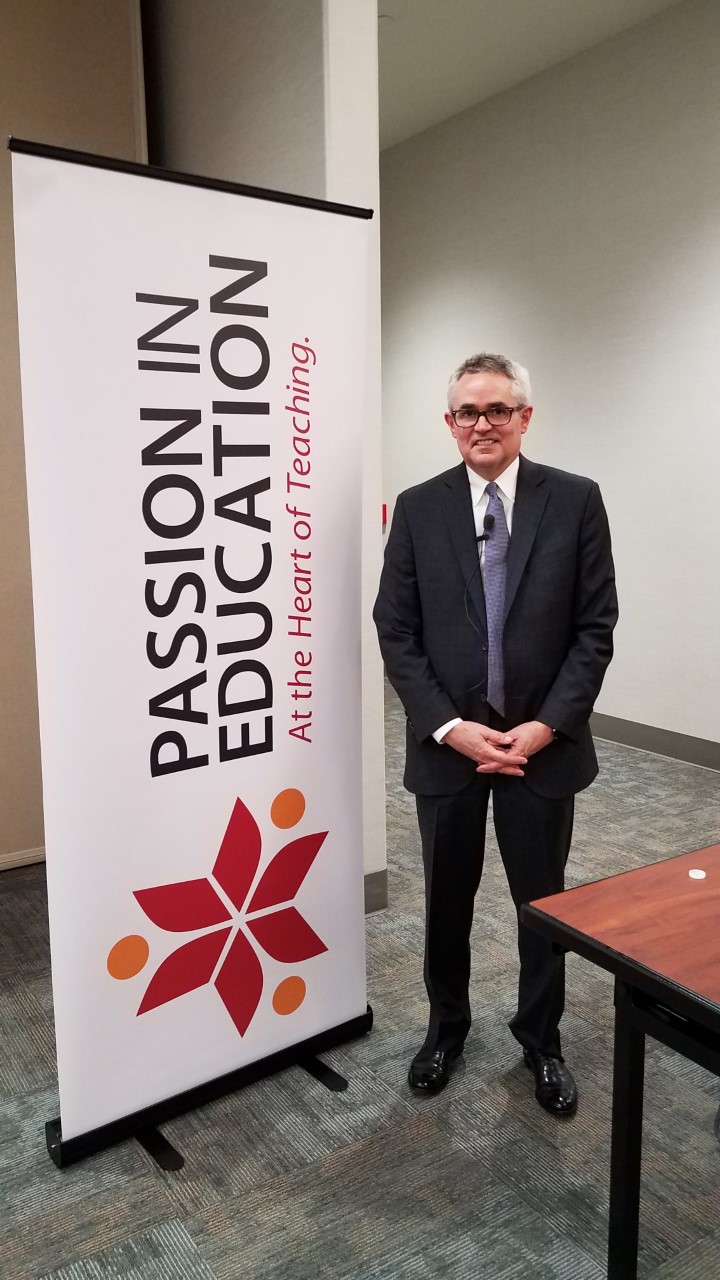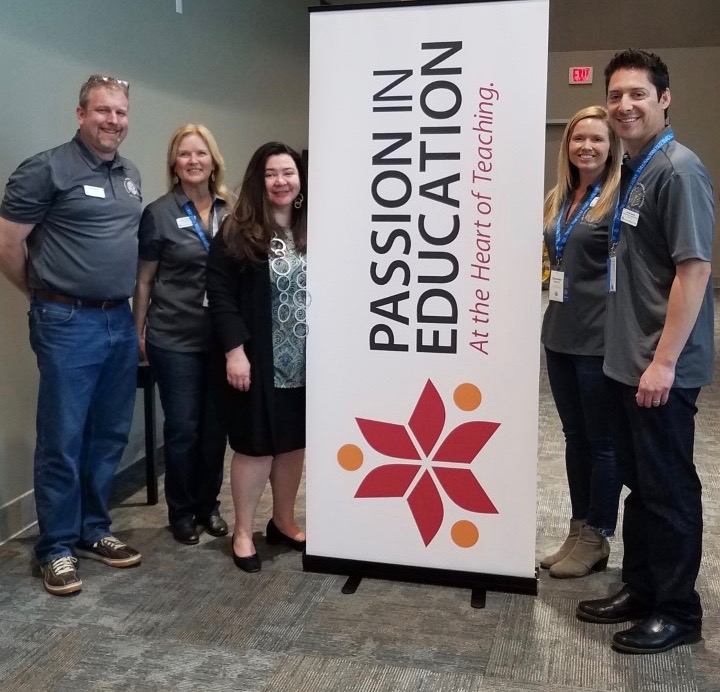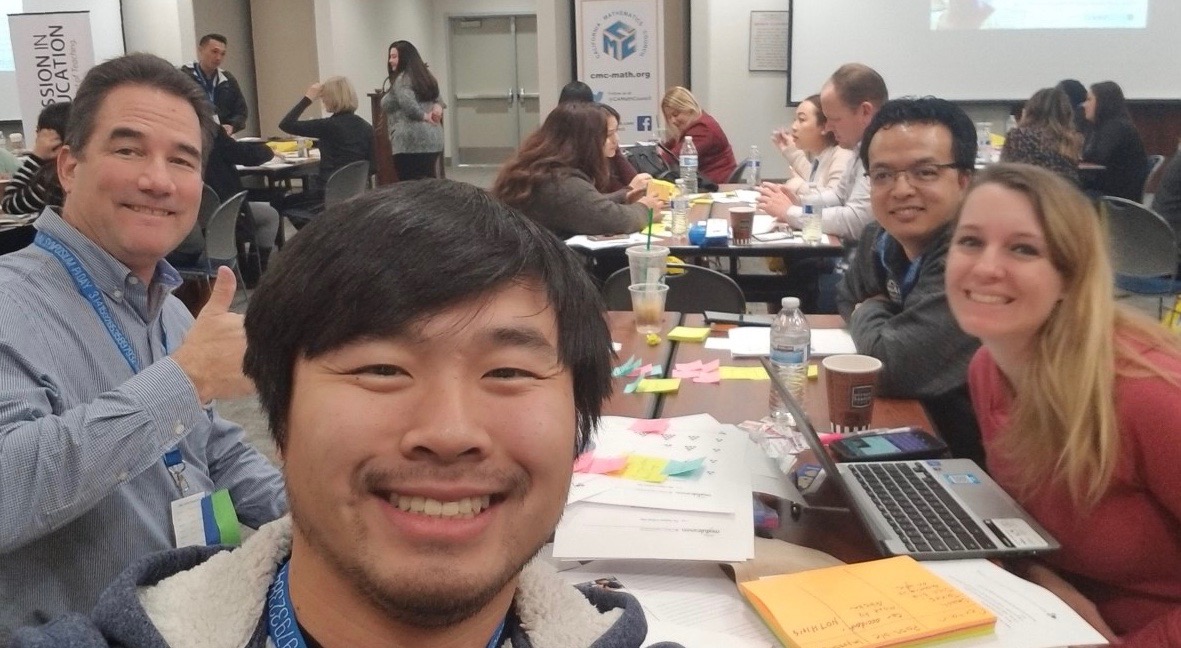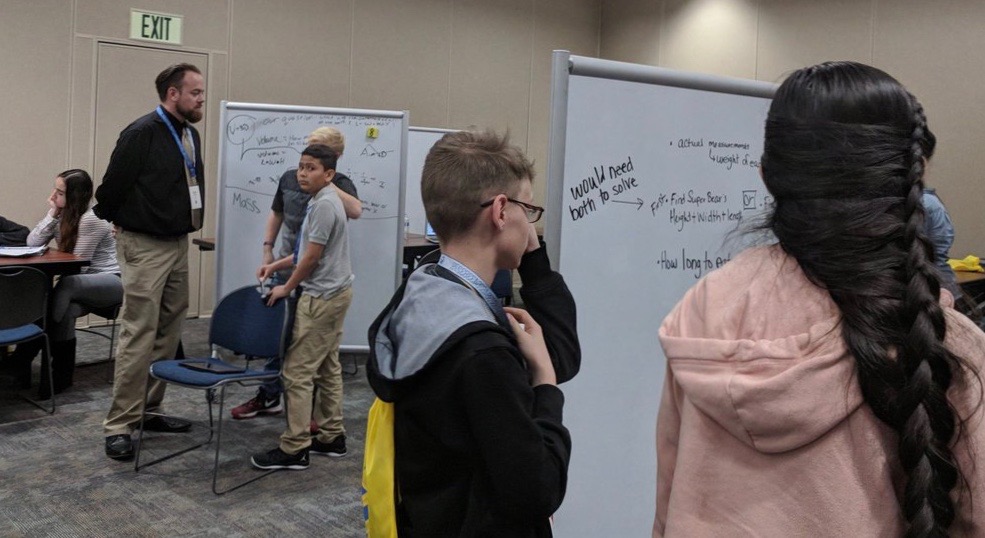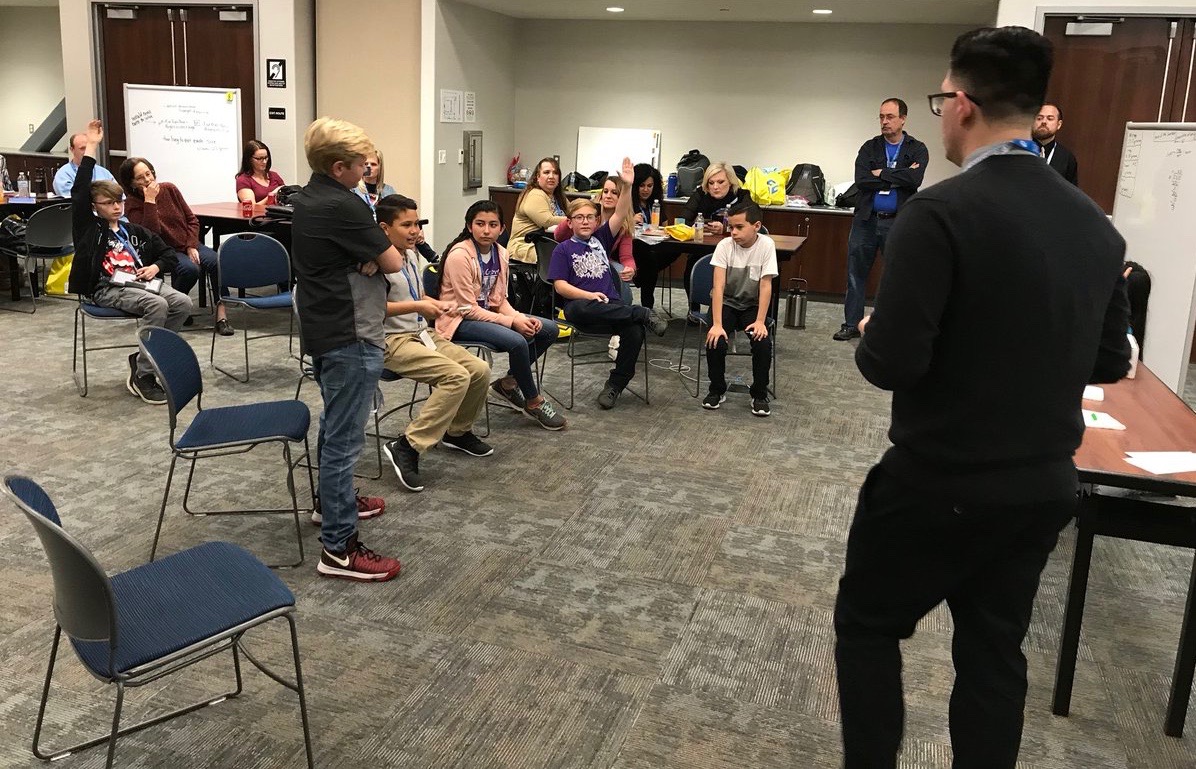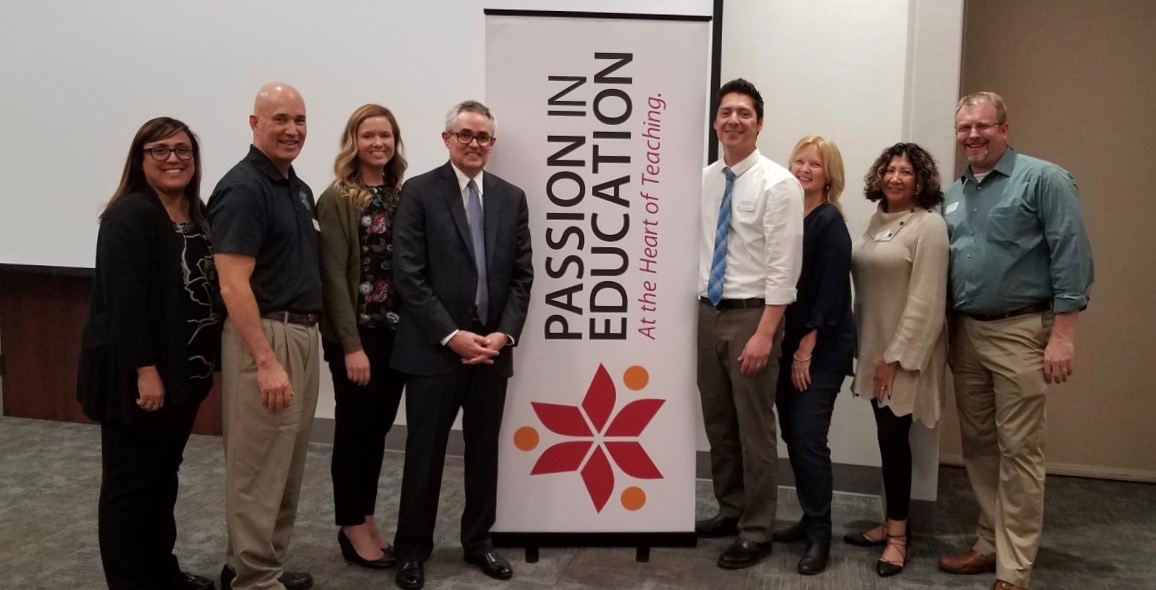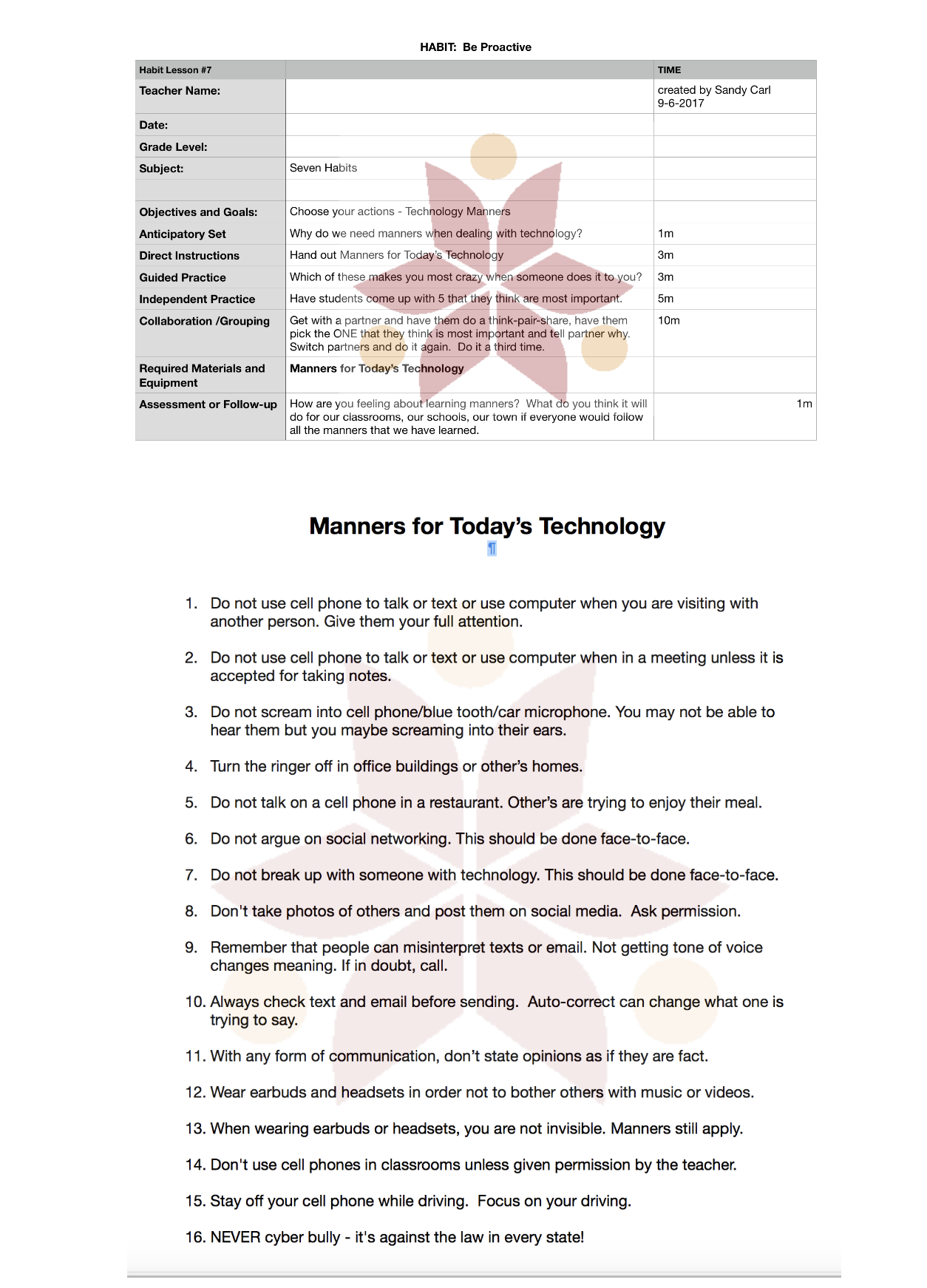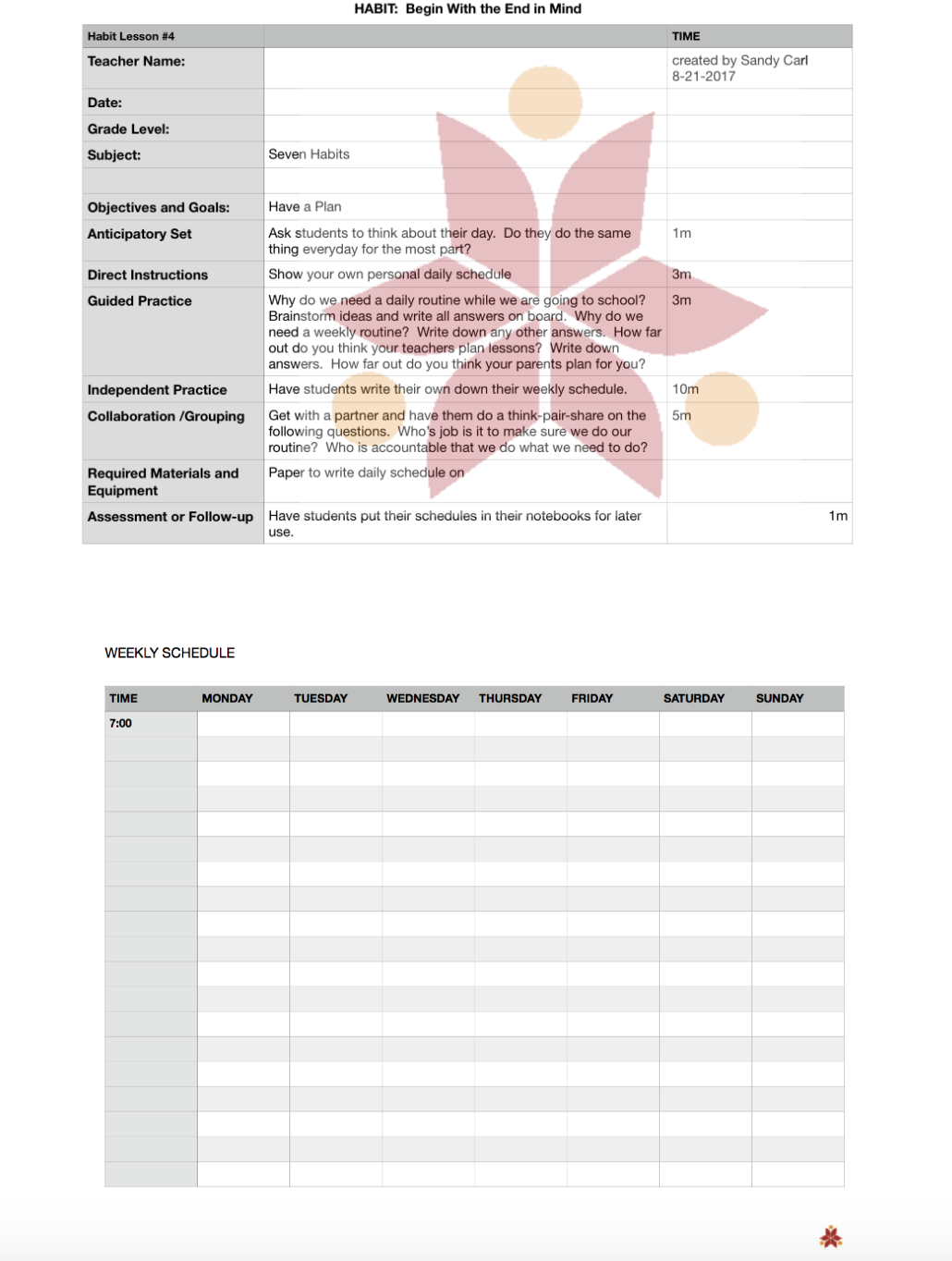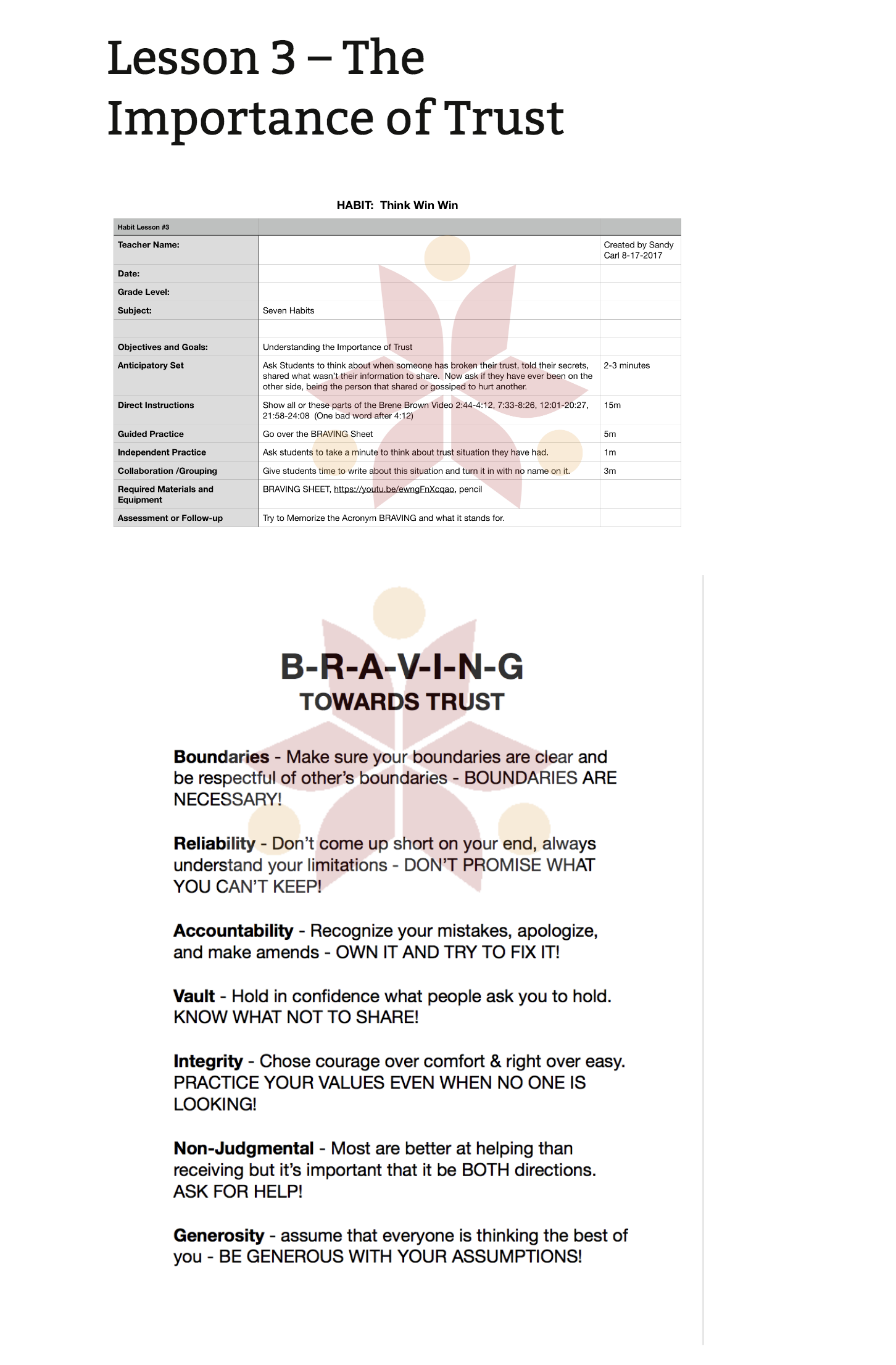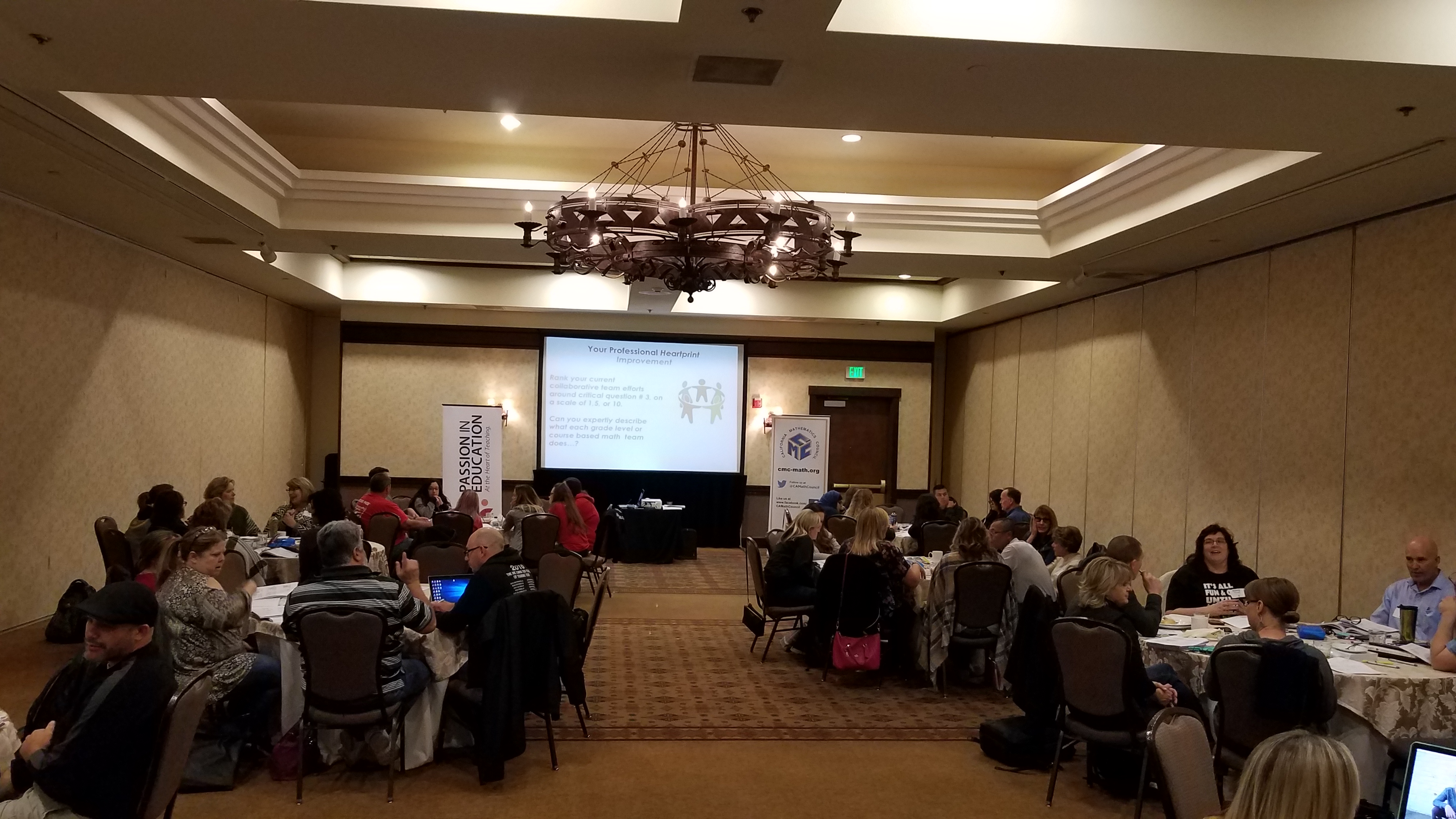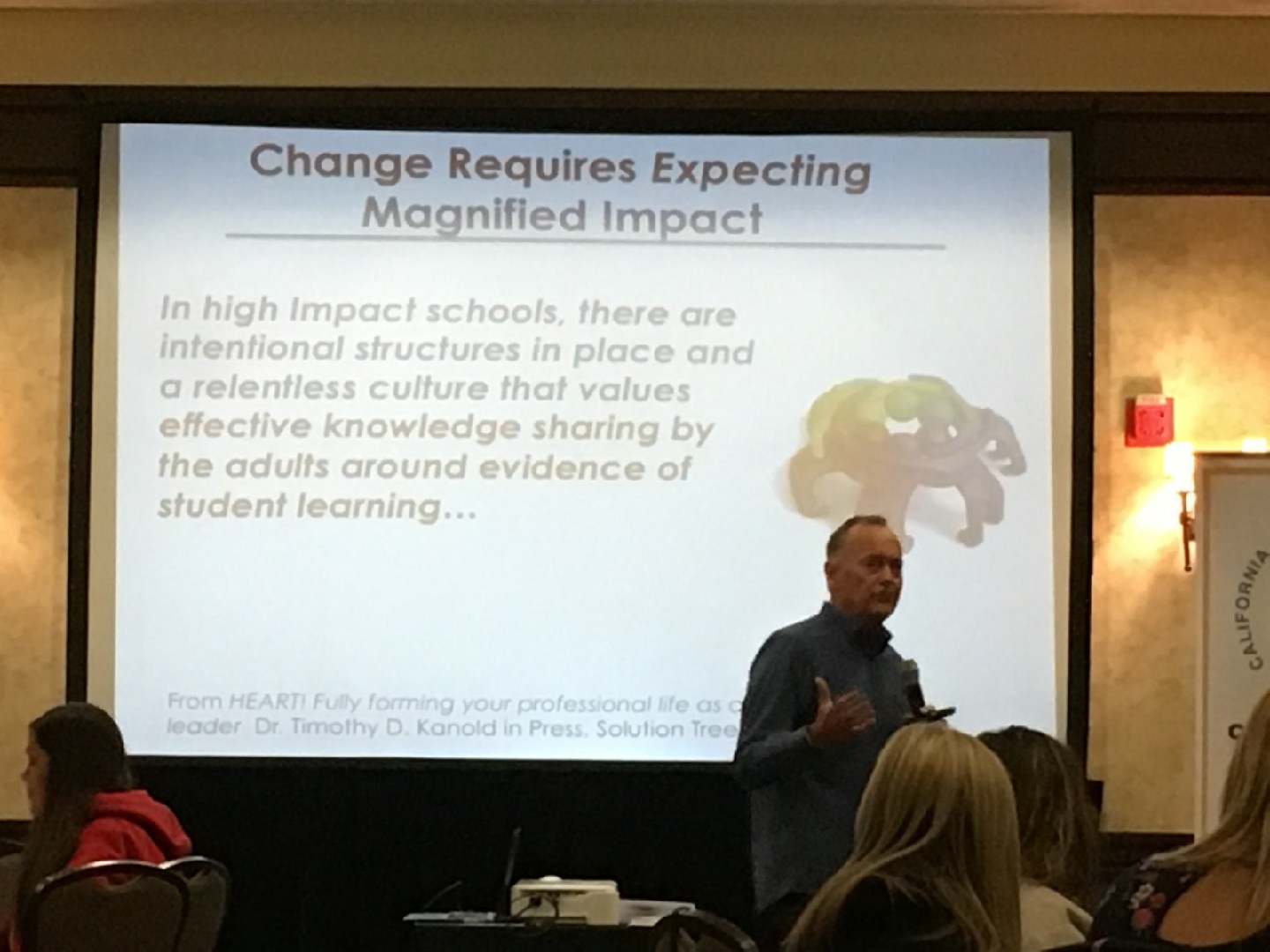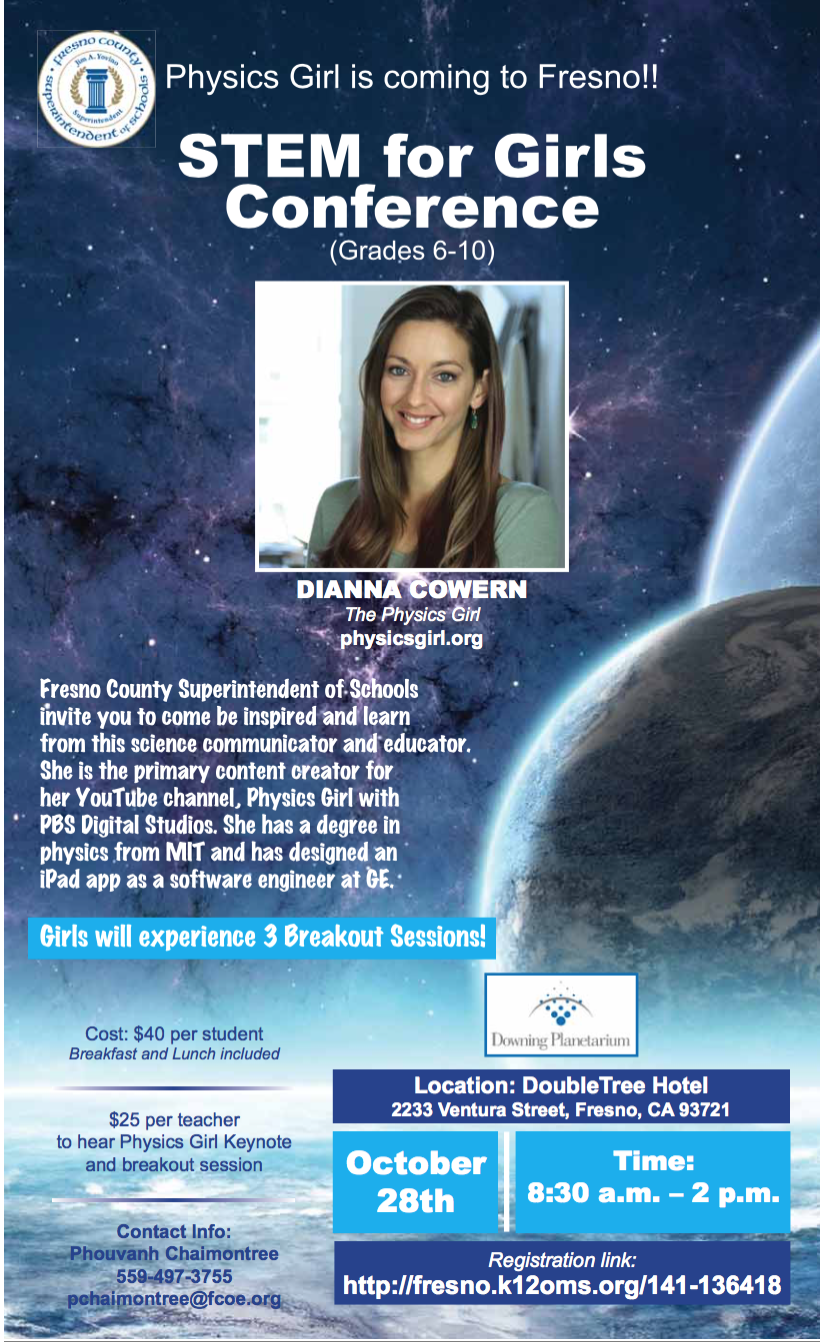What Is Yoga?
Yoga is a set of physical, mental and spiritual disciplines intended to help improve mood and sense of well-being. The activity uses body postures, breathing modulations and meditation techniques to promote physical strength, relaxation and spirituality.
Nanci Stockwell of Advanced Recovery Systems describes the benefits of yoga for a person’s overall health and their recovery from addiction.
This stress-management practice has shown to reduce risk factors for diseases such as high blood pressure and heart disease. It may also assuage a range of health conditions, including insomnia and chronic pain.
Some people use yoga to manage their anxiety and depression, two mental health disorders that commonly occur alongside addiction. In fact, the lessons taught through yoga and mindfulness practices target areas in the brain affected by addiction.
Research has indicated that yoga and other mindfulness techniques can be used in conjunction with traditional, evidence-based treatment to help people overcome mental illness and substance use disorders.
“Yoga offers a unique combination of physical exercises and relaxation techniques that are unlike any other conventional exercises,” Geri Topfer, founder and president of Kula for Karma, told DrugRehab.com.
Topfer’s organization brings therapeutic yoga to individuals with physical or mental health problems, from veterans with PTSD to people recovering from heroin addiction. The nonprofit organization partners with Advanced Recovery Systems to provide yoga to people receivingsubstance abuse treatment around the United States.
Popular Types of Yoga
For centuries, worshipers of Hinduism have used yoga to alleviate physical ailments, reduce psychological pain and achieve spiritual enlightenment. While yoga is based in spirituality, people in the United States frequently use the activity to exercise or reduce stress.
Various forms of yoga exist, including:
Bhakti
A spiritual form of yoga, Bhakti yoga focuses on devoting love to a higher power through mantra meditation, which involves chanting.
Hatha
The most common form of yoga in the United States, Hatha yoga involves posture exercises and meditation. These exercises aim to heal the body, mind and soul through poses and breathing techniques.
Jnana
Jnana yoga uses meditation to seek wisdom and self-realization. This type of yoga employs mental techniques such as self-questioning, conscious illumination and self-reflection.
Karma
Karma yoga strives to eliminate self-centeredness and reduce ego. Through various body movements, people learn to detach themselves from their actions.
Bikram
Bikram yoga comprises a series of 26 physically demanding postures. The goal of this activity, which takes place in a room heated to approximately 100 degrees, is to release tension and cleanse the body through sweating.
How Does Yoga Help People Overcome Addiction?
An increasing number of studies suggest that mindfulness activities, such as yoga, can help people overcome addiction when complemented by traditional treatment. Meditation’s effect on the neurotransmitter GABA in the brain may be a reason why.
“Yoga raises the levels of GABA, which has shown to reduce stress and anxiety,” said Topfer.
A 2014 study published in the journal Complementary Therapies in Medicine examined the effect of yoga alongside rehab in treating alcohol dependence. In the trial, 18 people battling alcohol dependence in Sweden received traditional treatment or traditional treatment plus yoga. The results showed that the greatest reduction in drinking occurred among the group that incorporated yoga into treatment.
Yoga may help people addicted to heroin, a drug involved in about 15,500 U.S. deaths in 2016. A study published in the journal Nursing Research indicated that yoga can significantly improve the mood and quality of life in female heroin users undergoing drug detoxification. Researchers concluded that the activity can be used alongside traditional care to treat heroin dependence.
“The twisting poses and the breathing modalities are beneficial during detoxification,” said Topfer.
She also said that individuals battling substance abuse problems may not have cerebral balance, which causes them to focus on their drug cravings. Through yoga, individuals focus on mindfulness rather than immediate physical desires.
The Medical Benefits of Yoga
Scientists are unsure how yoga improves health. But researchers believe that the activity releases endorphins, which are chemicals in the brain that reduce pain and produce feelings of pleasure.
Other medical benefits of yoga include:
- Decreased pain
- Improved balance
- Lowered resting heart rate
- Improved bone density
- Increased immunity
Participants of yoga may also experience psychological benefits. For example, the activity can help improve self-acceptance, reduce hostility and increase self-compassion. It can also help people suffering from mental health problems.
Topfer said that many people experience myriad benefits from practicing yoga every day.
“It teaches self-control and relaxation,” she said. “When you’re on the mat, you concentrate on self-care. And that is liberating.”
Yoga and Mental Health Disorders
Yoga can also help people deal with mental health disorders, which can co-occur with addiction. For example, people suffering from post-traumatic stress disorder have a greater risk than the general population for engaging in substance use.
A 2014 study published in the Journal of Alternative and Complementary Medicine found that specialized yoga therapy may help people with PTSD reduce drug and alcohol use. The practice also promoted interest in evidence-based therapies, such as cognitive behavioral therapy.
Researchers measured the effect of yoga on substance use behaviors in women with symptoms of PTSD. The yoga intervention consisted of 12 Kripalu-based Hatha sessions of 75 minutes each. Researchers modified some poses and incorporated trauma-sensitive yoga techniques, which use nonthreatening language and eschew physical contact.
One month after the clinical trial, nearly 70 percent of yoga participants said their PTSD symptoms were less noticeable. Conversely, more than 90 percent of a control group who took assessments in place of yoga were more cognizant of their symptoms.
“For people suffering from mental illness, [yoga] gives them a greater sense of self-awareness and acceptance,” said Topfer. “It is an effective tool that helps to rewire the brain and avoid any type of relapsing or mental illness.”
Yoga During Recovery
People in recovery may deal with a host of emotions, including anxiety and stress. According to a 2011 study published in the journal Medical Hypotheses, stress can trigger relapse in individuals recovering from alcohol dependence. However, yoga can help ease this tension and help peopledeal with triggers.
“Research has found that yoga can help reduce cravings for people in recovery,” said Topfer.
Kula for Karma offers Kundalini yoga for people struggling with substance abuse. This type of yoga incorporates movement, dynamic breathing techniques and meditation to bring these individuals to a mindful, relaxed state.
Topfer said that her organization also implements yoga Nidra to veterans dealing with addiction and sleeping problems. This form of yoga helps people maintain a state of consciousness between waking and sleeping. Through yoga Nidra, the body falls into deep relaxation.
Yoga of 12-Step Recovery is another organization that caters to people in recovery. The Indianapolis-based organization combines yoga with 12-step practices, and it offers structured weekly meetings that aim to prevent relapse in participants.
“Research has found that yoga can help reduce cravings for people in recovery.”
The program serves people recovering from various health disorders, including drug addiction. The organization creates a safe area where trauma can be released, according to its website.
Topfer said that people in recovery should incorporate yoga into their daily routine, especially early in the process. Yoga may be most effective for those in recovery when combined with regular therapy sessions, such as 12-step meetings.
“I definitely feel that [yoga] is an excellent way to start your day,” said Topfer. “It focuses on energy, overcoming daily tasks and getting back to living a drug-free life.”

Content Writer, DrugRehab.com

Founder and President, Kula For Karma


